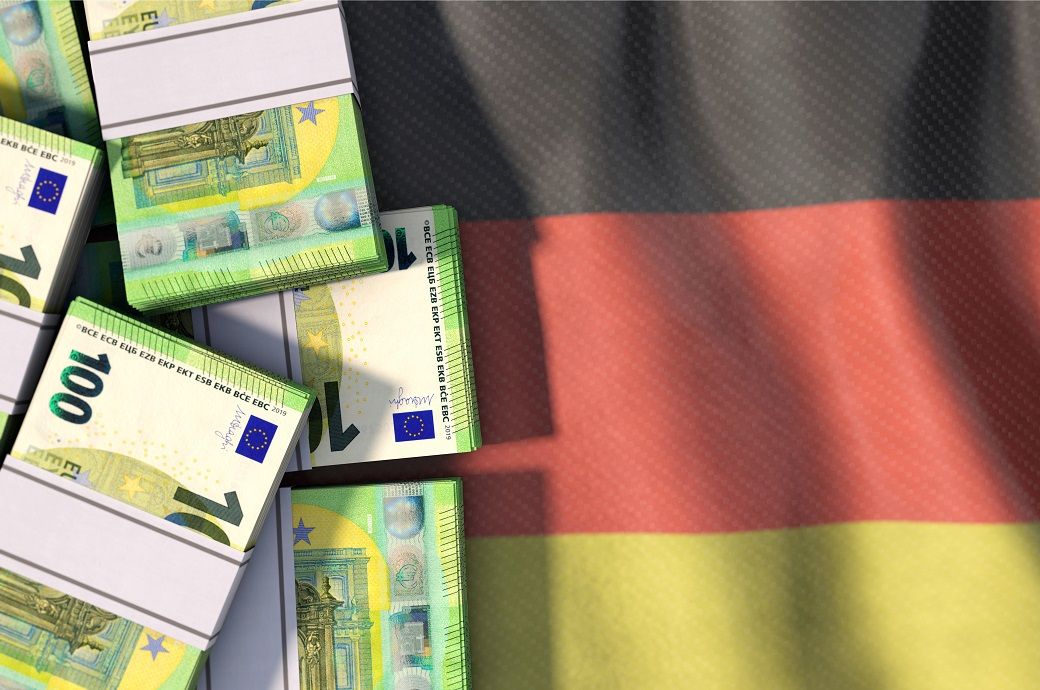
Despite this downturn, the 2023 GDP was 0.7 per cent higher than in 2019, the year preceding the COVID-19 pandemic, indicating a degree of economic resilience.
The economic landscape in 2023 showed varied performance across different sectors. Notably, there was a significant contraction in the industrial sector (excluding construction), with a 2 per cent decrease. This decline was largely due to a substantial reduction in production within the energy supply sector. Manufacturing, which makes up almost 85 per cent of the industrial sector (excluding construction), also faced a downturn, with a 0.4 per cent decrease after adjusting for price effects. Particularly hard-hit were the energy-intensive industrial branches, where both production and value added saw declines, as per Destatis.
In terms of employment, 2023 was a record-breaking year for Germany, with an average of 45.9 million people employed, marking an increase of 0.7 per cent or 333,000 individuals compared to the previous year. This is the highest employment level ever recorded in the country. The rise in employment was attributed to the immigration of foreign workers and increased labour force participation among the domestic population, which together offset the dampening effects of demographic change.
On the fiscal front, Germany's general government budgets ended 2023 with a financial deficit (net borrowing) of €82.7 billion, based on provisional calculations. This figure represents a decline of approximately €14 billion from 2022's deficit of €96.9 billion. The central government, in particular, managed to significantly reduce its financial deficit compared to the previous year.
ALCHEMPro News Desk (DP)
Receive daily prices and market insights straight to your inbox. Subscribe to AlchemPro Weekly!